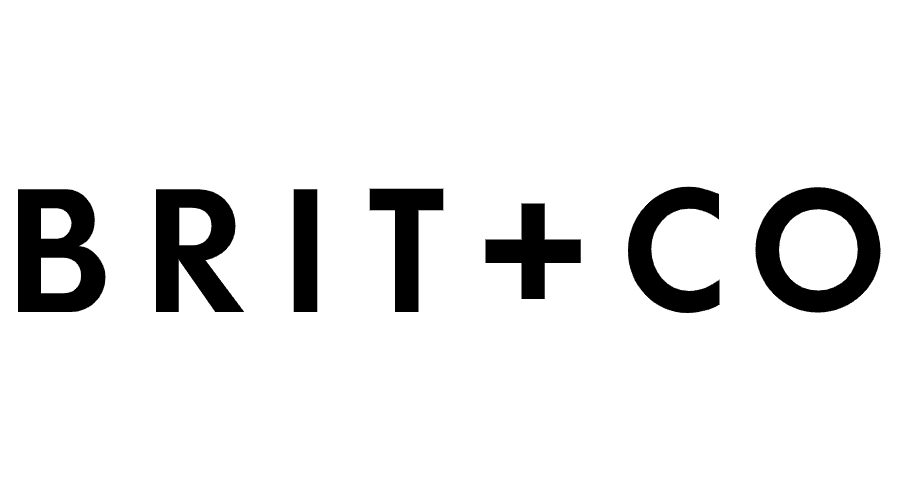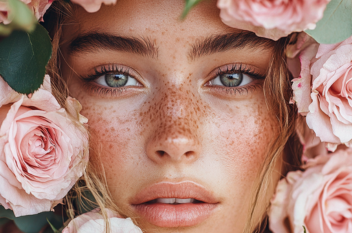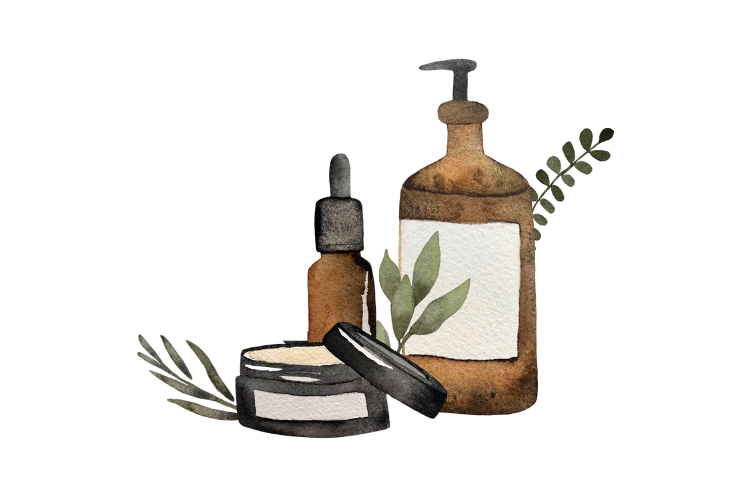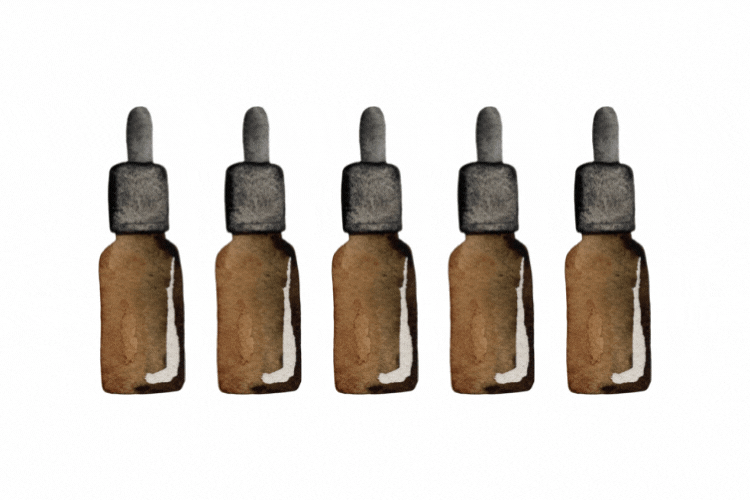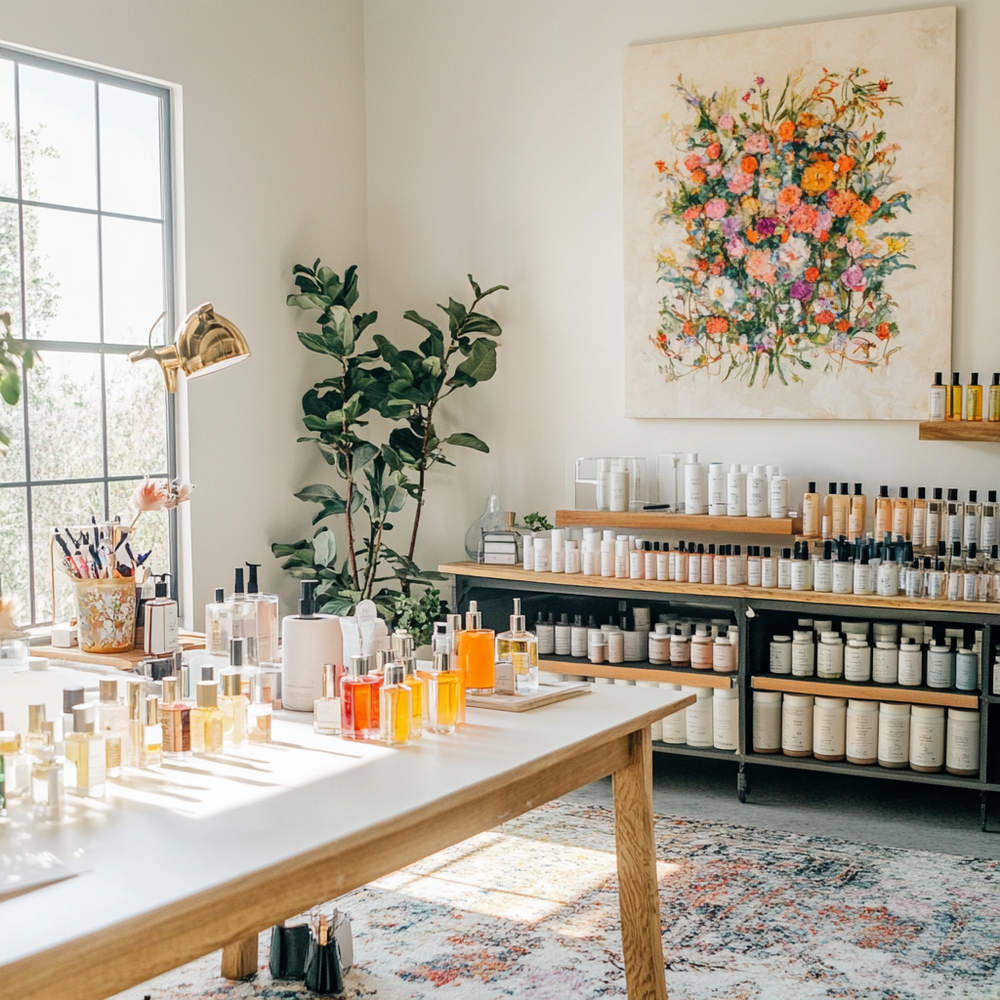
Hello!
Our blog is like a bottle of our favorite fragrance—full of surprises, a little magic, and always something fresh to love. Join us as we share tips, stories, and behind-the-scenes adventures that are anything but ordinary! #SmellWickedGood
Recent posts
-

-
 12 Spooky Things To Do In LondonBy Cheri TracyOctober 1, 2025
12 Spooky Things To Do In LondonBy Cheri TracyOctober 1, 2025 -
 Mulberry Pie: Fall’s Juiciest Shade in a ScentBy Cheri TracySeptember 24, 2025
Mulberry Pie: Fall’s Juiciest Shade in a ScentBy Cheri TracySeptember 24, 2025
Our Guarantee
You’ll always #SmellWickedGood with scents as bold, unique, and unforgettable as you are. No compromises, just pure magic!
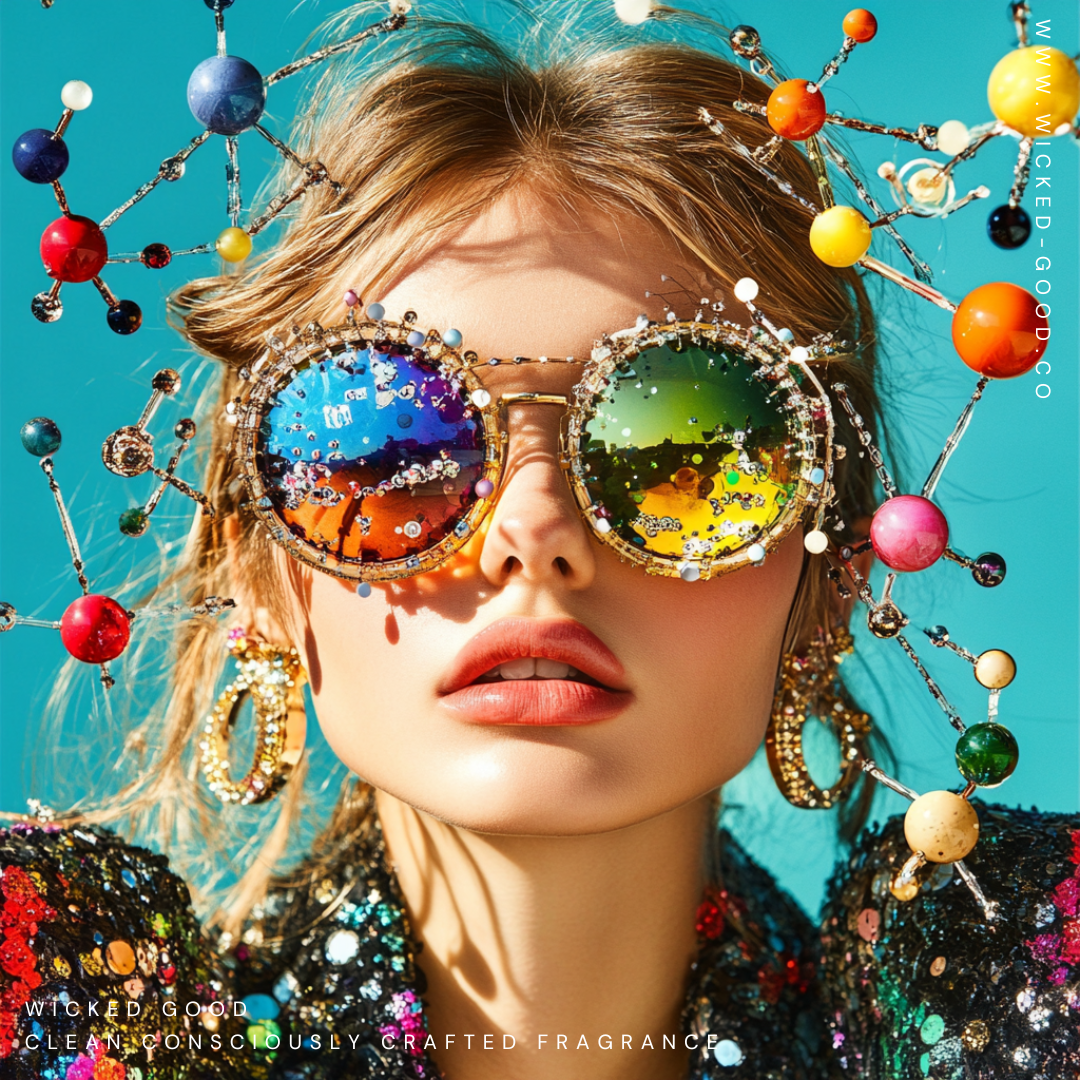
Spoiler: Only One Comes from Nature—Sorta.
Ever flip over your favorite lotion or perfume and wonder, "What even is BHT?" Or maybe you’ve seen words like Octinoxate or Benzyl Salicylate and thought, "That doesn't sound very botanical."
You’re not alone.
At Wicked Good, we’re all about transparency—because if you’re putting it on your body (or sniffing it all day), you deserve to know what it is, where it comes from, and whether it’s something you actually want around. Let’s decode a few popular (and sometimes controversial) ingredients and answer the big question:
Do they naturally occur in essential oils—or are they strictly synthetic?
1. BHT (Butylated Hydroxytoluene)
What it does: BHT is a synthetic antioxidant that stops oils from going rancid. Think of it as the beauty world’s version of a fridge, keeping your product shelf-stable for longer.
Naturally occurring?
Nope. Not even a little. This one is 100% synthetic. You won’t find BHT wafting out of a lavender field or hiding in a citrus peel.
Commonly found in:
Skincare, cosmetics, sunscreen, even food. Yup, your chips and your lip balm might have something in common.
Wicked Good verdict:
Functional? Yes. Botanical? Nope.
2. Octinoxate (Ethylhexyl Methoxycinnamate)
What it does: This chemical filters UVB rays, protecting your skin from sunburn. It's basically sunscreen’s overachieving little helper.
Naturally occurring?
Hard pass. This one is cooked up in a lab and has no roots (literally) in essential oils.
Commonly found in:
Sunscreens, tinted moisturizers, foundations with SPF.
Fun fact:
Octinoxate is one of the sunscreen ingredients under fire for potential coral reef damage. Hawaii actually banned it in 2018. 🌊
Wicked Good verdict:
Great for SPF, not so great for ocean vibes or clean beauty fans.
3. Octocrylene
What it does: Another synthetic UV filter, Octocrylene stabilizes other sunscreen ingredients like avobenzone. It also adds a bit of moisture, but don’t be fooled—it’s not plant-derived.
Naturally occurring?
Nope. No plant, seed, flower, or oil naturally contains octocrylene. Lab-made and proud of it.
Commonly found in:
SPF products and lotions, especially ones claiming to be water-resistant.
Wicked Good verdict:
Works hard, but you won’t catch us distilling it from a wildflower.
4. Ethylhexyl Salicylate (a.k.a. Octisalate)
What it does: This UVB filter helps your SPF stay effective longer and adds water resistance.
Naturally occurring?
Not really—but there’s a twist. It’s chemically related to methyl salicylate, which is naturally found in wintergreen essential oil. So while Ethylhexyl Salicylate itself is lab-made, it has a cousin in nature.
Commonly found in:
SPF products, lip balms with sun protection, foundations.
Wicked Good verdict:
Close-ish to nature, but still manufactured.
5. Benzyl Salicylate
What it does:
This one acts as both a UV absorber and a fragrance fixative. It gives a soft, slightly floral scent that helps round out a perfume blend.
Naturally occurring?
Finally, a yes—sort of! Benzyl salicylate is naturally present in small amounts in a few essential oils like ylang-ylang and cinnamon leaf. But the version used in most perfumes is synthetic, because it’s easier to produce at scale.
Commonly found in:
Perfumes (especially florals), sunscreens, moisturizers.
Wicked Good verdict:
The only one on this list with real essential oil roots. We’ll give it a half-hug.
So, Why Does This Matter?
If you're shopping for clean beauty or plant-based fragrance, understanding your ingredients is the first step. Most of these compounds are synthetic, and while that doesn’t automatically make them evil, it's important to know:
-
They don’t occur in nature.
-
They’re not found in essential oils.
-
Some of them are linked to skin sensitivities, hormone disruption, or environmental concerns (hi, coral reef bans).
-
One—benzyl salicylate—has a legit natural tie-in.
What We Use at Wicked Good
We skip the iffy synthetics and stick to clean, consciously crafted ingredients. That means:
-
No BHT.
-
No reef-harming SPF filters.
-
No shady salicylates.
-
Just good vibes and even better ingredients.
We believe fragrance should feel magical, not mysterious. ✨
TL;DR Ingredient Cheat Sheet
| Ingredient | Function | Naturally in Essential Oils? |
|---|---|---|
| BHT | Antioxidant | ❌ No |
| Octinoxate | UVB Filter | ❌ No |
| Octocrylene | UV Filter | ❌ No |
| Ethylhexyl Salicylate | UVB Filter | ❌ No (but related to wintergreen) |
| Benzyl Salicylate | UV Absorber + Fragrance Fixative | ✅ Yes, in trace amounts |
Want more ingredient breakdowns like this?
Got a mystery label you want us to decode? Hit reply and send it our way — we love sniffing out the truth.



